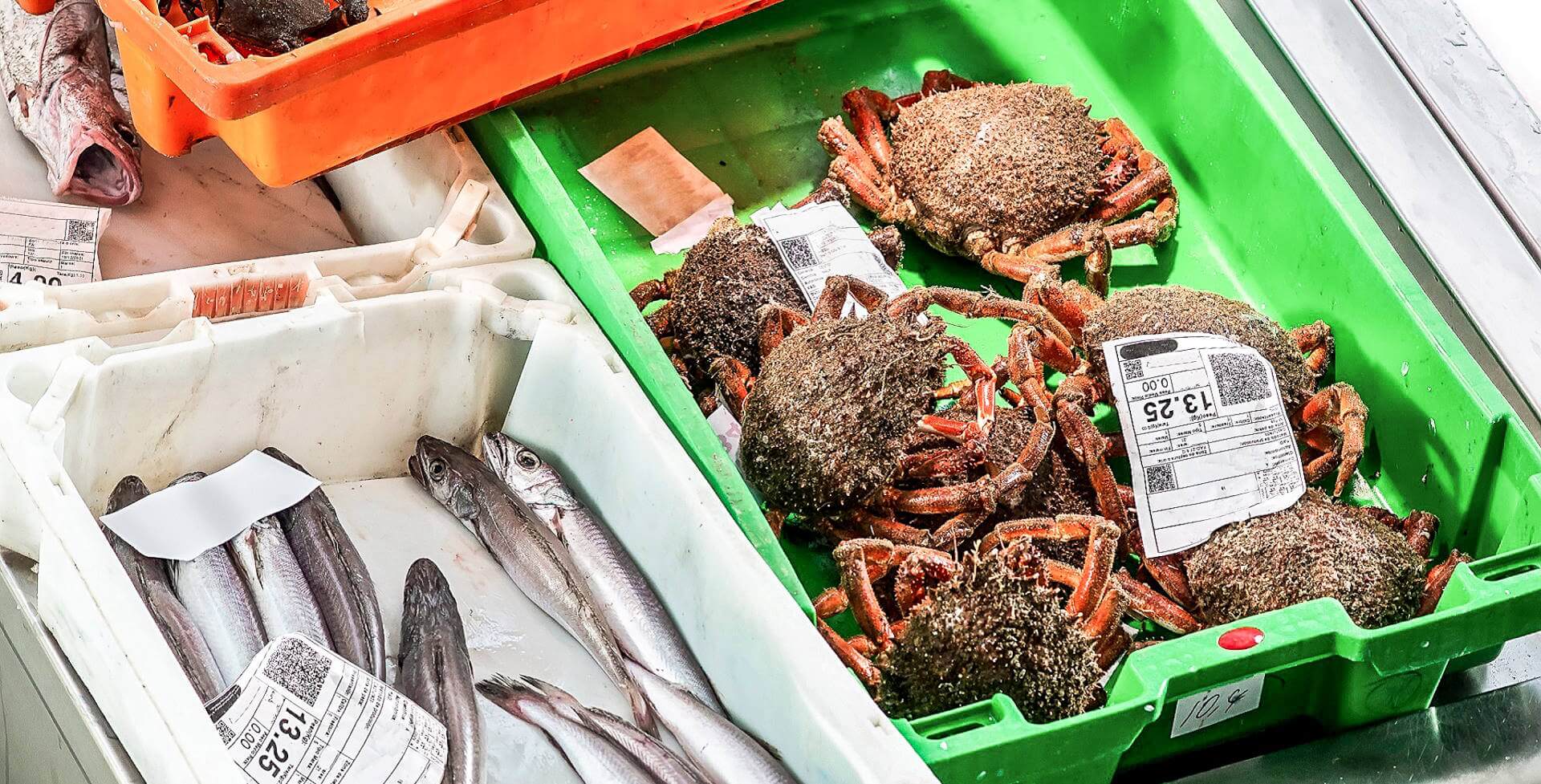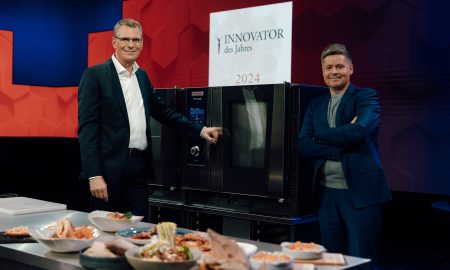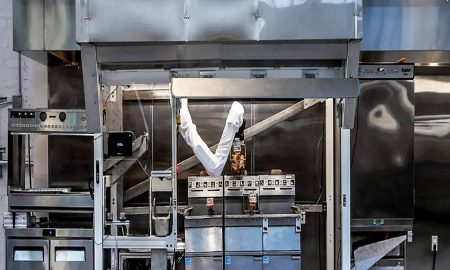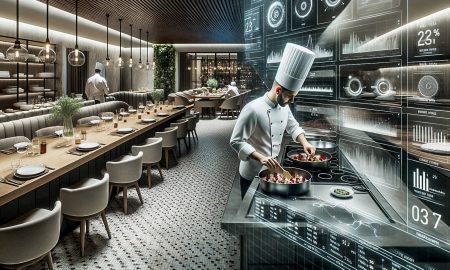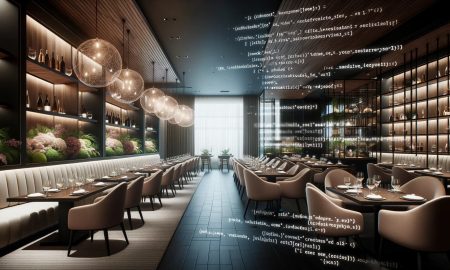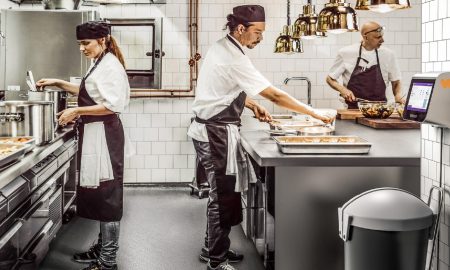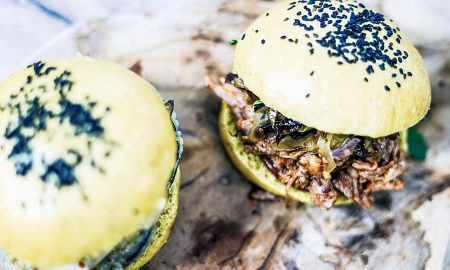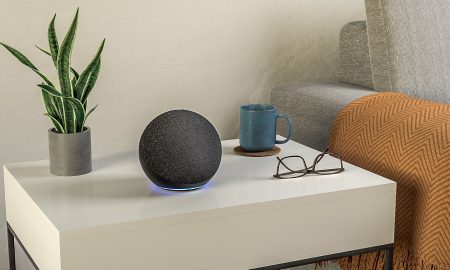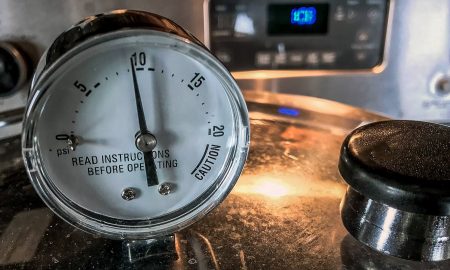It’s an obvious reality for all chefs: your food is only as good as the ingredients that come into your kitchen.
But what if quality does not match what is promised to the guests? The past has seen plenty of stories about restaurants selling pollock as cod or other more expensive items are replaced with less costly products without telling the customer. It is unclear at what stage in the process the fraud happens and even the restaurant serving the food could be unaware of it happening. Food fraud poses a significant challenge to restaurants – not only can it be costly in a financial sense, but it is polluting restaurants’ and brands’ reputations.
Diners in doubt about the food they are served in their favorite restaurants, can be reassured that there is a technology that allows chefs to show guests exactly what journey the ingredients have been on, from the point they are being picked to leaving the supplier and finally arriving on a plate in front of them.
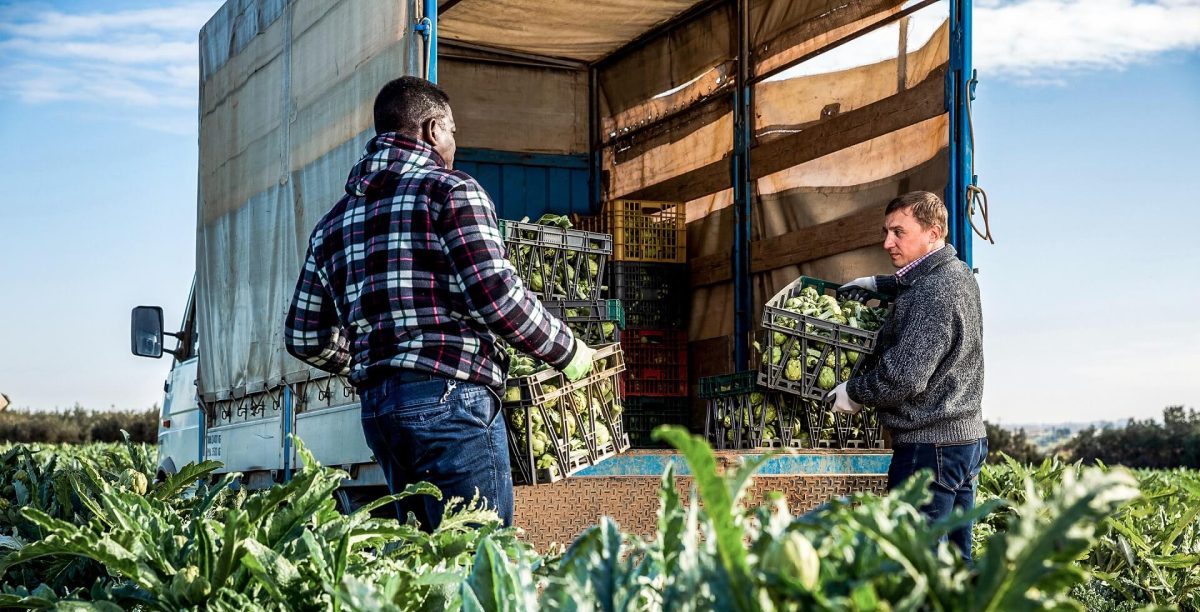
Image: AdobeStcok | JackF
A technology using blockchain can help restaurants and diners get more certainty. One solution for the foodservice industry is Trace, the brainchild of IBM and technology company Gate2Chain. It is a blockchain-powered platform that allows chefs to trace ingredients journey from plot to plate.
Removing the mystery of sourcing
Founded in 2019, Gate 2 Chain specializes in building innovative software solutions using the most scalable public blockchain. Trace was created in an effort to remove the mystery of sourcing and to uncover provenance, traceability and ownership.
So, how does blockchain technology fit in to food and restaurants in general? First off, it meets a demand from diners who ask increasingly more of the food that is put in front of them.
Bart Olivares, CEO and founder of Gate2Chain further says, “to have reliable information about the products we consume, knowing where the food we eat comes from, the history of the products, who has participated and how in the supply chain. Above all, we will demand more information to understand if these products are aligned with our principles, and based on that, make the decision to purchase or not.”
At a dinner showcasing the technology earlier this year, chef Ollie Dabbous from Michelin starred Hide restaurant in London explained that the platform gave him an opportunity to, for the first time, display the lineage of the produce that goes into the plates of food he serves in his restaurant. “You want to serve the best products from the best suppliers and it is great to be able to prove it,” he said.
Sieh dir diesen Beitrag auf Instagram an
Though acknowledging that blockchain technology could offer great benefits to foodservice, where transparency and traceability are concerned, foodservice consultant Thomas Mertens FCSI from S.A:M Strategy Consultants in Germany says few restaurants are currently using it. “The use of blockchain in restaurants is still new, but there are promising developments,” he says.
Blockchain in foodservice: a work in progress
Diners at the London event could view the ingredients on their plates in an iPad and trace the provenance of every dish, from when the chicken was slaughtered and processed to the moment it came to be served at the restaurant, capturing product provenance, traceability, and proof of quality on the blockchain.
By highlighting how ingredients, dishes, wine, and more can be stored and tracked on the blockchain, Dabbous provided a tangible example of how Trace can improve traceability and sustainability across all aspects of an event. All the while pointing out that the technology also shines a light on the supplier who works hard to produce the very best ingredients but rarely gets highlighted for it.
“The idea behind it makes sense to me in theory, but I am not sure it has a huge effect. In many ways it can seem like a gimmick and I doubt that customers understand how any of this works,” says Marius Zurcher, the co-owner & founder of start-up 1520 in Apeldoorn, Netherlands. “I do think that it is a good idea to track provenance if you care about where your ingredients come from, but I am not sure it is necessary to share the logs with customers, nor do I think it is the best way to communicate provenance.”
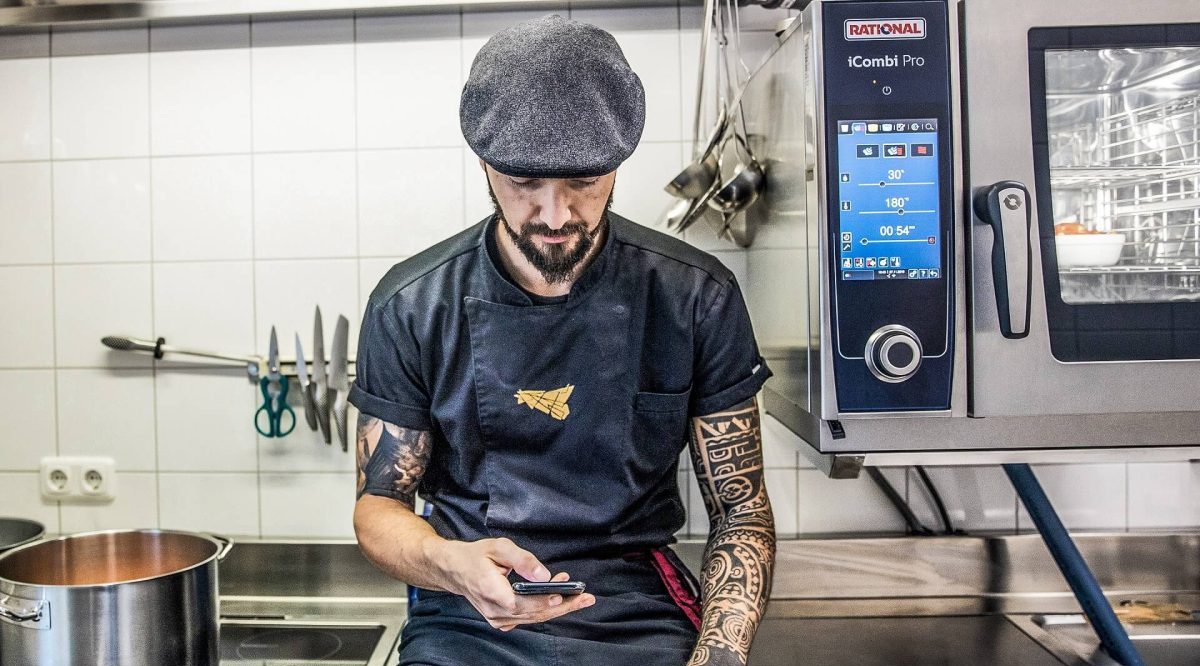
Image: Rational | Sapori
The data conundrum
As with any technology implemented in foodservice, inevitably there will be questions asked about data security. Concerns arising from the data collection in blockchain include privacy issues, misuse of data and trust and transparency.
“Digitally capturing customer information, such as names, contact details and preferences, puts this sensitive data at risk of falling into the wrong hands,“ says Mertens. “There is a risk that collected data could be used for unwanted purposes, such as the selling on of data to third parties. Therefore, restaurants must ensure that they obtain consent for the collection of data and have transparent privacy policies.”
Any restaurant implementing blockchain technology, he adds, should take steps to mitigate risk and concerns from customers. These include introducing clear privacy policies, implementing security measures to protect customer data, communicating transparently with customers about data collection and, especially those who are less digitally savvy.
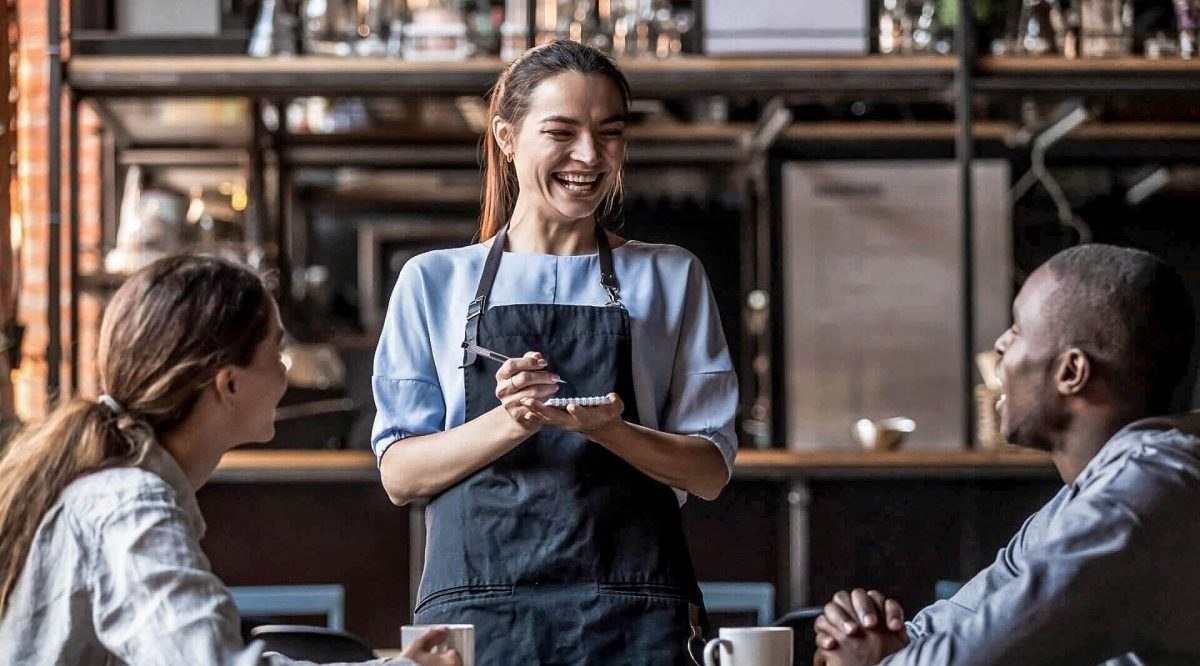
Image: AdobeStock | fizkes
Showcasing work, care and love
Put simply, blockchain technology allows chefs who are concerned about quality to take action to align their work with their values. This provides one way to certify and to show customers all the work and values behind every dish. “It will prove that the price of the dinner is justified because of the amount of work, care and love customers are receiving. It’s all about the experience and the perceived value,” says Olivares.What does the future look like for blockchain technology in foodservice? Olivares is optimistic. “We expect all high-end restaurants in the world to have a tablet on every table to show customers the quality and provenance of their dishes, the source to plate journey, audio visuals, certificates and so on,” he says. “This information will be part of the experience. It will help customers to understand better the value of what they have on the table.”
Mertens, meanwhile says, while the indications are that blockchain technology in the industry will continue to gain traction, there is work to do still. “There are still too many breaks in the blockchain in the industry but the trend is clear. Customers want to benefit from the digital alignment of their restaurant in the future,” he concludes.


